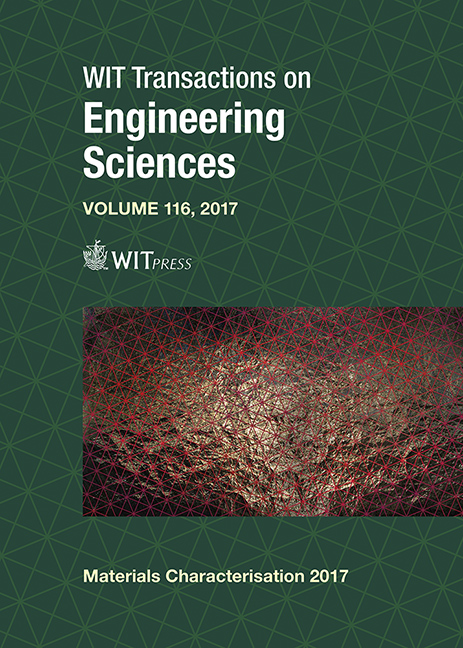SURFACE DEGRADATION OF NANOCRYSTALLINE ZIRCONIA DENTAL IMPLANTS
Price
Free (open access)
Transaction
Volume
116
Pages
11
Page Range
355 - 365
Published
2017
Size
799 kb
Paper DOI
10.2495/MC170371
Copyright
WIT Press
Author(s)
VÁCLAV OCELÍK, ULF SCHEPKE, HAMID HAJI RASOUL, MARCO S. CUNE, JEFF TH.M. DE HOSSON
Abstract
Yttria-stabilized zirconia prepared by hot isostatic pressing represents attractive material for biomedical applications. In this work the degradation of yttria-stabilized zirconia dental implants abutments due to the tetragonal to monoclinic phase transformation after one year of clinical use was studied in detail. Microstructural characterization by Electron Back Scattering Diffraction was successfully applied. The amount and distribution of the monoclinic phase, the grain-size distribution and crystallographic orientations between tetragonal and monoclinic crystals in 3 mol.% yttria-stabilized polycrystalline zirconia were determined in two different types of abutments currently used in clinical practice. Clear crystallographic orientation relationship between parent tetragonal and daughter monoclinic phase was clearly observed. An important and novel conclusion is that no substantial bulk degradation of 3Y-TZP dental implant abutments was detected after 1 year of clinical use.
Keywords
dental implants, yttria-stabilized zirconia, degradation, nano-crystalline, electron backscatter diffraction





